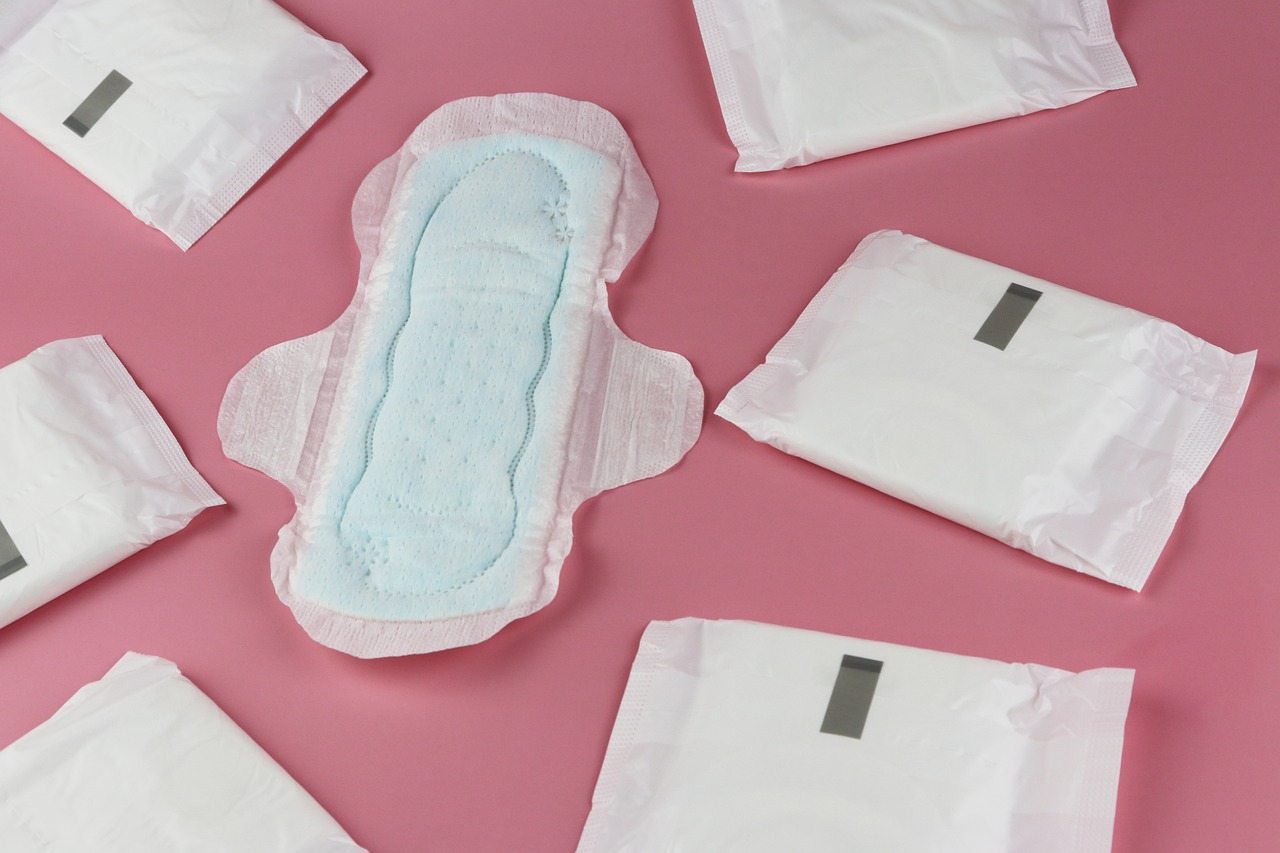I am sure there are various questions about menstrual disorders. For these problems above, which situations need us to be vigilant and should go to the hospital for appropriate treatment? Today here is a brief analysis.
1、Normal menstruation
Normal menstruation consists of three elements: menstrual cycle, menstrual period, and menstrual flow. The menstrual cycle is the time between the first day of two menstrual bleeds. It is usually 21-35 days. The menstrual period is the duration of each menstrual period, usually 2-8 days. Menstrual flow refers to the total amount of blood lost during a menstrual period, usually 20-60 ml. If any of the above is abnormal, you should consider the presence of menstrual disorders, and the following are common menstrual disorders.
2、Low volume
It means that the total amount of blood loss in each menstrual cycle is less than 5ml. Given that the amount of menstrual flow is not easy to measure, it is generally standardized to soak a pad with 5ml. Low menstrual flow is often combined with shortened menstrual period, and the reasons may be: (1) obstruction of menstrual blood discharge channel: such as the uterine cavity adhesion or cervical adhesion caused by abortion, scraping surgery, menstrual blood flow is not smooth, this situation is required to surgical separation of adhesion. (2) Damage to the endometrium: such as damage to the basal layer of the endometrium caused by abortion or curettage, or infection of the uterine cavity, tuberculosis and other factors, this situation usually causes infertility, and needs to be targeted to give artificial cycles, anti-tuberculosis treatment, which is very difficult to treat; (3) Decrease in ovarian function: when the ovarian function decreases, the level of oestrogen decreases, which affects the endometrial growth, and then the volume of menstruation will decrease, and you can have sex on It can be treated with hormone supplementation after a clear diagnosis of sex hormone six, AMH and other laboratory tests on 2-5 days of the menstrual period; (4) Other factors: polycystic ovary syndrome, abnormal thyroid function, psychosomatic factors, anorexia, etc.
3、Excessive menstrual flow
It means that the total bleeding volume of each menstrual cycle is more than 80 ml, and usually 10-15 ml of menstrual blood will soak through a piece of daily-use sanitary napkin. Some women combined with prolonged menstruation, the causes may be: (1) organic lesions: submucosal uterine fibroids lead to increased endometrial area; adenomyosis leads to uterine enlargement, hypertrophy of the myometrium, poor contraction ability, resulting in poor vasoconstriction; endometrial polyps are caused by localized hyperplasia of the uterine lining; and also cause infertility, anemia, and so on. (2) Pelvic inflammatory disease: endometritis causes local blood vessels to be bad and brittle, and menstrual blood is not easy to coagulate, resulting in heavy bleeding, often accompanied by lower abdominal pain. (3) Intrauterine device (IUD): its contraceptive principle is localized mechanical damage to the endometrium and chronic inflammation, resulting in rejection and inflammatory reaction, which can also lead to increased menstrual flow or lower abdominal pain. (4) Cesarean section diverticulum: after cesarean section, a “small depression” is formed at the lower part of the uterus at the cesarean section incision, which is prone to blood accumulation, thus leading to menstrual bleeding, which can be preliminarily determined by vaginal ultrasound. (5) Blood system diseases: thrombocytopenic purpura, leukemia, aplastic anemia and so on.
4、Menstrual cycle disorders
If the number of days in the menstrual cycle is shorter than 21 days, it is considered frequent menstruation, and if it is longer than 35 days, it is considered scanty menstruation. (1) Causes of frequent menstruation: shortening of follicular phase due to decreased ovarian function; shortening of luteal phase due to insufficient progesterone secretion caused by insufficient luteal function, which leads to insufficient secretion of endometrium, and shortening of luteal phase; and abnormal secretion of hormones of gonadotropic axis caused by mental and psychological factors. (2) Causes of scanty menstruation: women in their reproductive years who are sexually active have delayed menstruation, and the first thing to rule out is whether they are pregnant or not; polycystic ovary syndrome is the most common endocrine disorders, with scanty menstruation and hyperandrogenic manifestations, such as hirsutism, acne, acanthosis nigricans, accompanied by infertility; in addition, there are also rheumatoid immune disease, chronic renal disease, hypothyroidism; psychosomatic and environmental factors. etc.
5、What should I do if I have menstrual disorders?
Finding out the cause of the disease: To find out the root cause of menstrual disorders, tests include sex hormone six, blood coagulation program, pelvic ultrasound, gynecological examination, hysteroscopy and so on.
Targeted treatment: If the disease is organic, surgical treatment will be given. If the disease is caused by endocrine disorders such as ovarian hypoplasia, luteal insufficiency, polycystic ovary syndrome, etc., hemostasis, estrogen-progestin regulation of menstruation, and pro-pregnancy treatment will be given. If the disease is inflammatory, anti-inflammatory treatment will be given.
Daily care: pay attention to menstrual hygiene, strictly prohibit menstrual intercourse, keep the vulva clean. Choose the right contraceptive method to avoid unwanted pregnancy and abortion. Regular work and rest, ensure sufficient sleep and happy mood, and release your own stress.



